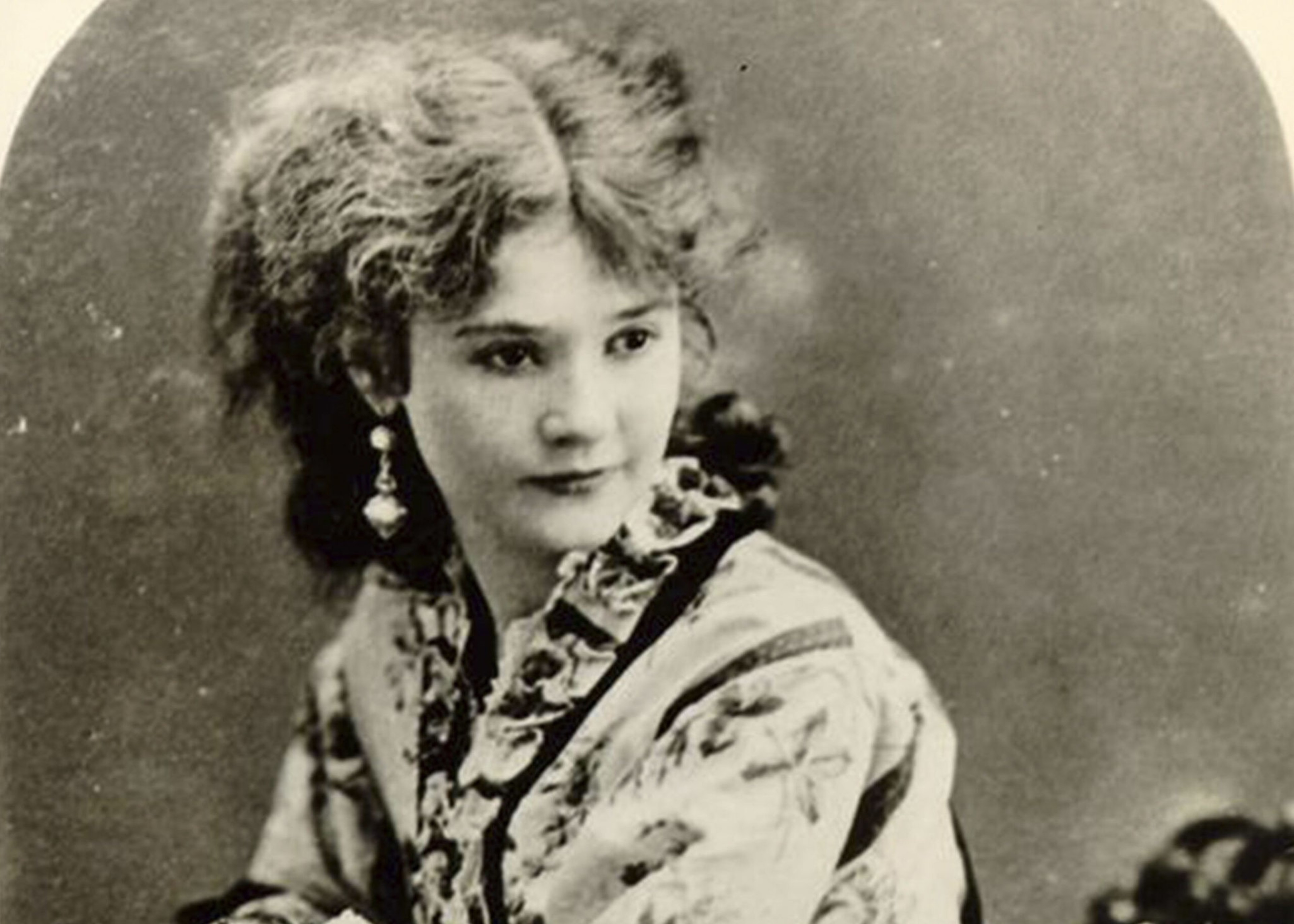“It reminds me we rose from the ashes.” “It makes history come to life.” “It tells the story of a community coming together after disaster.”
The compliments were overflowing for Lotta’s Fountain in a recent community survey (opens in new tab) on the city’s monuments and memorials conducted by the San Francisco Arts Commission.
The cast iron monument, at the intersection of Market, Kearny and Geary, emerged as the city’s favorite in the survey, whose results were released Wednesday. There was a lot less love for the Christopher Columbus statue that once stood beside Coit Tower—San Francisco’s least popular monument, according to the 679 residents who completed the survey.
But Lotta’s Fountain is not only the people’s favorite, it’s also the city’s oldest. Lotta Crabtree, a vaudeville dancer, gifted it to the city in 1875—57 years before the Arts Commission was chartered in 1932.
The fountain was one of the few functional water sources after the 1906 earthquake, and it served as a meeting point where people would post messages searching for loved ones.
“People would leave notes and go to check to see if Mom was still alive,” said Lee Houskeeper, a press agent at San Francisco Stories. “That whole area was devastated.”
It later became the site of a famous Christmas Eve performance (opens in new tab) by opera singer Luisa Tetrazzini, who sang before a quarter of a million people in front of the fountain in 1910, when the earthquake’s memory was still fresh in people’s minds (there’s a plaque on the fountain (opens in new tab) commemorating Tetrazzini’s concert).
From a young age, Crabtree entertained miners at camps during the Gold Rush, with her singing, dancing and acting winning hearts everywhere. As a token of gratitude for the city that made her famous, she gifted the ornate fountain to the city.

“She was just darling,” said Donna Huggins, who impersonates Lillie Coit Hitchcock every year for the festivities surrounding the anniversary of 1906 that take place at the fountain. “When she entertained people, they would throw gold coins at her.”
Crabtree collected a lot of said gold coins—when she died in 1924, she left behind an estate worth some $4 million (opens in new tab).
The fountain, painted to look bronze, was the first piece in the civic art collection and has been restored a number of times, most recently in 1999.
While it’s not currently an active fountain, it can be turned on for special events, like the annual 1906 remembrance that happens there—in part, thanks to Houskeeper.
When former mayor Willie Brown was running for mayor, Houskeeper stopped him outside of the restaurant Firenze by Night in North Beach and asked him to make a campaign promise.
“He reached his hand out before I could even tell him what it was,” Houskeeper said. “I told him don’t be so quick—I want water again in Lotta’s Fountain.”
When the Department of Public Works first tried to make Houskeeper’s dream (and Brown’s eventual campaign promise) come true, workers nearly destroyed the fountain by tapping into its original connection.
“It rotted in the center, and the water was going to blow up the whole thing,” Houskeeper said.
Not to be deterred, the original plans for the fountain were located and the piping was restored, but you wouldn’t want to drink the water that comes out of it today—it’s heavily chlorinated to protect the beloved landmark.
In 2025, the fountain will celebrate its 150th anniversary—and you can be sure that nonpotable water will be flowing again.
